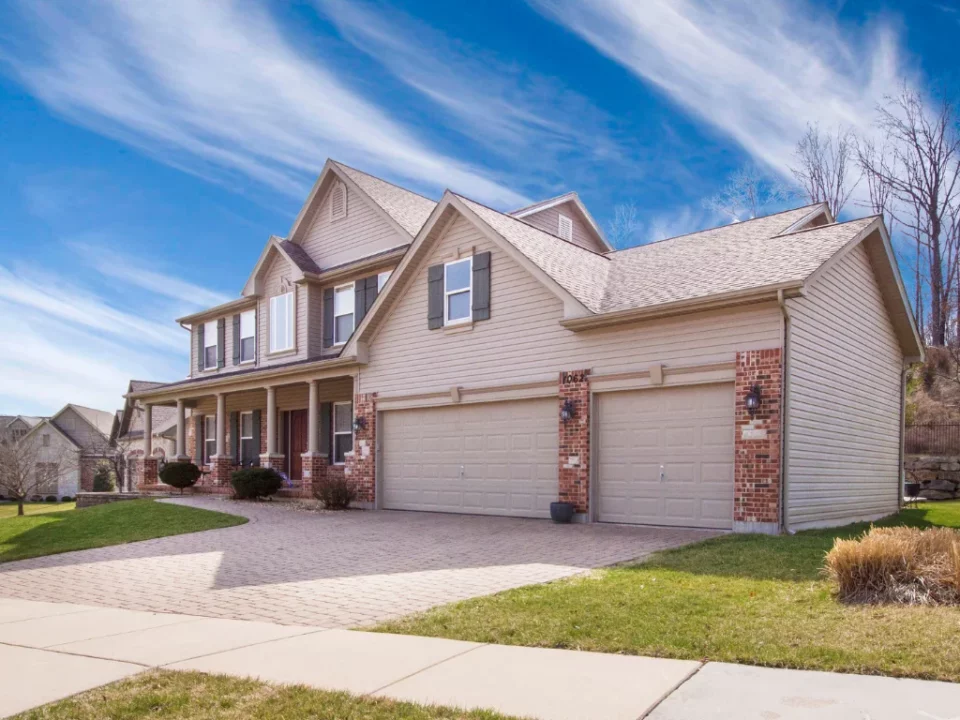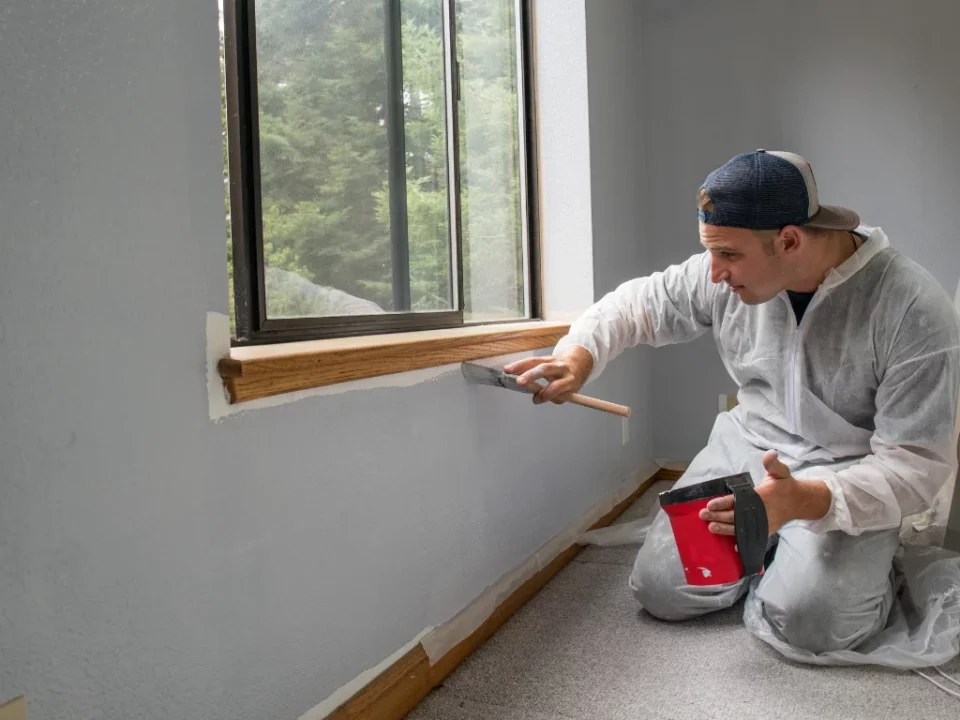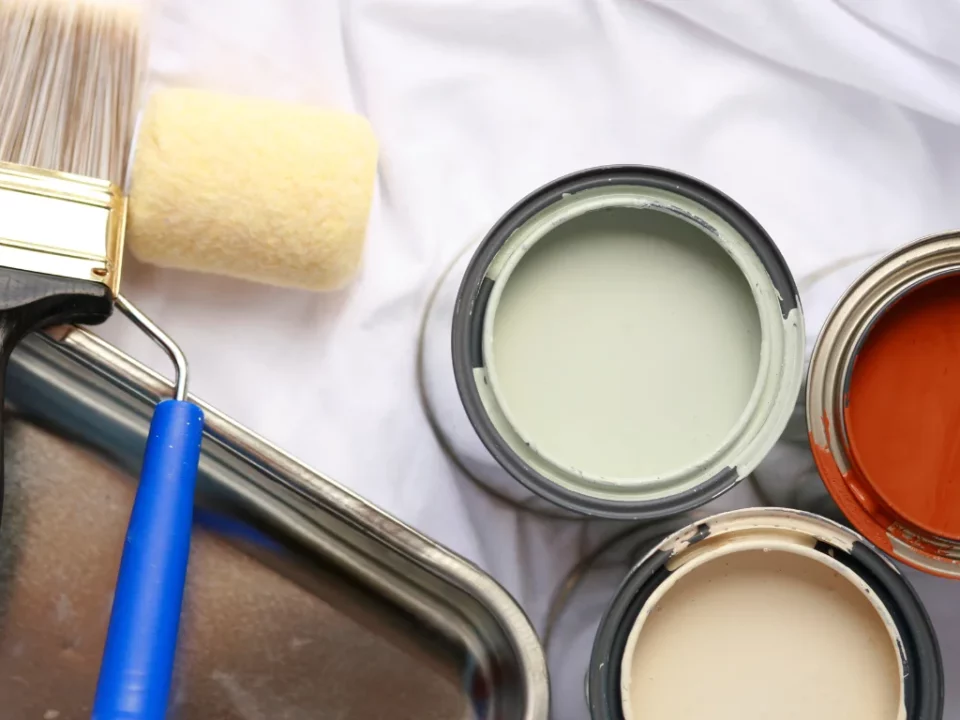Essential Steps for Preparing Your Home for Painting: A Complete Guide
Preparing your home for painting is a crucial step that ensures a smooth and long-lasting finish. Whether you’re updating the interior or giving the exterior a fresh coat, taking the time to properly prepare your surfaces will not only improve the results but also extend the life of the paint job. Here’s a complete guide to the essential steps for preparing your home for painting.
Clean and Repair Surfaces Before Painting
The first step in preparing your home for painting is to thoroughly clean the surfaces you plan to paint. Dirt, dust, and grime can prevent the paint from adhering properly, leading to peeling or uneven coverage. Use a gentle cleanser and water to wash the walls, ceilings, or trim you intend to paint. For exterior projects, a pressure washer can help remove built-up dirt, mold, or mildew from surfaces. Allow the surfaces to dry completely before moving on to the next step.
Next, inspect the surfaces for any damage or imperfections. Fill in holes, cracks, or gaps with spackle or caulk, depending on the surface. Once the filler is dry, sand it smooth to ensure an even finish. For exterior surfaces, check for peeling or chipped paint and scrape it away. Sand any rough edges to create a smooth base for the new paint. Properly prepared surfaces allow for better paint adhesion, creating a more professional and long-lasting result.
Protect Your Home and Furniture
Before you start painting, it’s important to protect your furniture, floors, and other areas from splashes or spills. Cover furniture and flooring with drop cloths or plastic sheeting to prevent accidental paint splatters. For larger areas, you can use painter’s tape to protect trim, window frames, or baseboards from being painted.
If you’re painting the exterior, make sure to cover any plants, outdoor furniture, or walkways with protective tarps to shield them from paint drips. Additionally, use painter’s tape to create clean, sharp lines around edges for a neat and professional finish.
Finally, ensure that the room or area you’re working in is well-ventilated. Open windows or use fans to promote airflow and allow the paint to dry more quickly. Proper ventilation also helps eliminate paint fumes, making the space safer and more comfortable to work in.
Preparing your home for painting may take some time, but it’s a crucial step to achieving the best possible results. By cleaning, repairing, and protecting your surfaces, you’ll create the ideal foundation for a smooth and flawless paint job. Taking these essential steps ensures that your home will look beautiful and well-maintained for years to come.





